Sql Where 1 1
Basic SQL Terminology
Before delving into the various aspects of SQL, it is important to understand some basic terminology:
1. Database: A collection of related data organized in a structured manner.
2. Table: A data structure that organizes data into rows and columns.
3. Column: A vertical entity within a table that represents a specific attribute or piece of data.
4. Row: A horizontal entity within a table that contains a unique set of data.
5. Primary Key: A column or set of columns that uniquely identifies each row in a table.
6. Foreign Key: A column or set of columns that establishes a link between two tables.
7. Query: A request for data or information from a database.
8. Schema: A logical container for database objects such as tables, views, and procedures.
9. Index: A database object that improves the speed of data retrieval by providing a quick access path to data.
10. View: A virtual table derived from the result of a SQL query.
11. Constraint: A rule or restriction imposed on data in a database to ensure data integrity.
Data Manipulation Language (DML)
DML is a subset of SQL that focuses on retrieving and manipulating data within a database. The four primary statements in DML are:
1. SELECT statement: Retrieves data from one or more tables based on specified criteria.
2. INSERT statement: Adds new data rows into a table.
3. UPDATE statement: Modifies existing data within a table.
4. DELETE statement: Removes data rows from a table.
Data Definition Language (DDL)
DDL is another subset of SQL that is used for creating, altering, and deleting database objects. The four main statements in DDL are:
1. CREATE statement: Creates a new database object, such as a table or view.
2. ALTER statement: Modifies the structure of an existing database object.
3. DROP statement: Deletes a database object, such as a table or view.
4. TRUNCATE statement: Removes all data from a table, but keeps the table structure intact.
SQL Data Types
SQL provides various data types to store different types of data. Some common data types include:
1. Numeric data types: INTEGER, FLOAT, DECIMAL, etc.
2. Character data types: CHAR, VARCHAR, TEXT, etc.
3. Date and time data types: DATE, TIME, TIMESTAMP, etc.
4. Boolean data types: BOOLEAN, BIT, etc.
5. Other data types: BLOB, CLOB, XML, etc.
SQL Operators
Operators in SQL are used to perform operations on data and perform comparisons. Some common types of operators include:
1. Comparison operators: = (equal to), <> (not equal to), > (greater than), < (less than), etc. 2. Logical operators: AND, OR, NOT, etc. 3. Arithmetic operators: + (addition), - (subtraction), * (multiplication), / (division), etc. 4. String operators: CONCAT (concatenation), LIKE (pattern matching), etc. 5. NULL-related operators: IS NULL, IS NOT NULL, etc. SQL Joins SQL joins are used to combine data from two or more tables based on a related column between them. Some common types of joins include: 1. Inner join: Returns only the matching rows between two tables. 2. Left join: Returns all rows from the left table and the matching rows from the right table. 3. Right join: Returns all rows from the right table and the matching rows from the left table. 4. Full join: Returns all rows from both tables, regardless of matching. 5. Cross join: Returns the Cartesian product of the two tables. SQL Functions SQL functions are pre-defined operations that perform specific tasks on data. Some common types of functions include: 1. Aggregate functions: SUM, AVG, COUNT, MIN, MAX, etc. 2. String functions: CONCAT, LENGTH, SUBSTRING, UPPER, LOWER, etc. 3. Date and time functions: NOW, DATEADD, DATEDIFF, MONTH, YEAR, etc. 4. Conversion functions: CAST, CONVERT, TO_CHAR, TO_DATE, etc. 5. Mathematical functions: ABS, CEILING, FLOOR, POWER, SQRT, etc. SQL Constraints Constraints are rules or restrictions imposed on data to ensure data integrity and consistency within a database. Some common types of constraints include: 1. NOT NULL constraint: Ensures that a column cannot contain NULL values. 2. UNIQUE constraint: Ensures that each value in a column is unique. 3. PRIMARY KEY constraint: Ensures that each value in a column is unique and serves as the primary identifier for a row. 4. FOREIGN KEY constraint: Establishes a link between two tables based on a primary key and foreign key relationship. 5. CHECK constraint: Enforces a condition that must be met for data to be inserted or updated in a column. FAQs Q: What does "where 1=1 trong SQL là gì" mean? A: In SQL, "where 1=1" is a commonly used placeholder condition that always evaluates to true. It is often used as a placeholder in dynamic SQL queries to simplify the construction of WHERE clauses. Q: How do I use the "WHERE 1=0" condition? A: The "WHERE 1=0" condition is used to retrieve the structure of a table without retrieving any rows. It allows you to obtain the column names and data types of a table without returning any actual data. Q: What is "sql injection or 1=1"? A: SQL injection is a malicious attack technique where an attacker inserts malicious SQL statements into an application's input fields to manipulate the database. The "or 1=1" condition is a common vulnerability that allows an attacker to bypass authentication and obtain unauthorized access to a database. Q: How do I use "WHERE 1=1" in Oracle? A: In Oracle, "WHERE 1=1" is used to simplify the construction of dynamic SQL queries. It acts as a placeholder condition that always evaluates to true and allows for easier concatenation of additional conditions using the AND operator. Q: What does "SELECT FROM table WHERE 1" mean? A: In SQL, "SELECT FROM table WHERE 1" is an incomplete query that lacks a specific condition. Without a condition, the query will retrieve all rows from the specified table. In conclusion, SQL is a powerful programming language that provides the tools necessary to interact with relational databases. It allows users to manage and manipulate data efficiently using the DML and DDL statements. Understanding SQL's terminology and various components, such as data types, operators, joins, functions, and constraints, is crucial for effectively working with databases. By utilizing SQL correctly, users can retrieve, insert, update, and delete data, ensuring the proper management of their relational databases.
Sql Where 1=1 ?
Keywords searched by users: sql where 1 1 where 1=1 trong sql là gì, Mysql where 1 1, Join on 1 1, WHERE 1 0, Or 1=1, sql injection or 1=1, Where 1 1 oracle, Select FROM table WHERE 1
Categories: Top 19 Sql Where 1 1
See more here: nhanvietluanvan.com
Where 1=1 Trong Sql Là Gì
SQL (Structured Query Language) is a programming language used to manage and manipulate relational databases. It allows users to retrieve and modify data stored in these databases. One of the commonly used conditions in SQL queries is the “1=1” clause. In this article, we will delve into what “1=1” in SQL means, its significance, and common questions associated with this topic.
Understanding “1=1” in SQL:
In SQL, “1=1” is an expression that evaluates to TRUE. It is a common placeholder used in WHERE clauses. The expression is essentially a tautology, which means it is always true, irrespective of the data being compared. When used in a WHERE clause, “1=1” ensures that all rows are returned from a table, as it is true for every row.
Significance of “1=1” in SQL:
1. Simplifies Dynamic Queries: Dynamic queries are those where the criteria are not known in advance and may change during runtime. The use of “1=1” in the WHERE clause allows developers to append additional conditions with the AND operator without worrying about the initial condition. This way, the query can be built dynamically.
For example: “SELECT * FROM employees WHERE 1=1 AND age > 30 AND department = ‘IT'”
If the initial condition were not set to “1=1,” developers would need to handle the additional conditions differently.
2. Debugging Queries: Another significant advantage of “1=1” in SQL is its usefulness in debugging queries. By temporarily replacing selective conditions in the WHERE clause with “1=1,” developers can quickly identify potential issues related to incorrect filtering.
3. Easier Query Building: While developing complex queries, developers often construct them incrementally by adding one condition at a time. By starting with “1=1,” they ensure that the basic structure of the query is syntactically correct. Subsequent conditions can then be added without needing to insert the AND operator multiple times.
Frequently Asked Questions (FAQs):
Q1. Can “1=1” be used interchangeably with “TRUE” or “FALSE”?
No, “1=1” cannot be used interchangeably with “TRUE” or “FALSE.” “1=1” evaluates to TRUE, indicating that all rows meet the condition. In contrast, “TRUE” and “FALSE” are boolean values that are used for other logical comparisons and operations.
Q2. Do performance issues arise from using “1=1”?
No, using “1=1” does not cause any performance issues. The SQL query optimizer is generally capable of recognizing tautological expressions like “1=1” and optimizing them away. As a result, the performance of a query with “1=1” is not affected.
Q3. Are there any alternatives to using “1=1” in SQL?
Yes, there are alternative approaches to achieve similar results without using “1=1.” One approach is to use a condition that is always true, such as “column_name = column_name.” Another option is to utilize a logical operator like “OR” instead of “AND” to achieve similar functionality.
Q4. Can “1=1” be used in UPDATE or DELETE statements?
While “1=1” can be used in SELECT queries, it cannot be used in UPDATE or DELETE statements. These statements alter the data in the database and require more specific conditions to determine which rows should be updated or deleted.
Q5. Are there any security concerns with using “1=1”?
No, using “1=1” itself does not pose any security risks. However, it is essential to consider the security implications of the entire SQL query when constructing it. SQL injection attacks, for example, can exploit poorly constructed queries and compromise the security of the database.
In conclusion, “1=1” in SQL is a tautological expression that evaluates to TRUE. Its significance lies in simplifying dynamic queries, aiding in query debugging, and facilitating easier query building. By understanding its usage and purpose, developers can leverage this expression effectively in their SQL queries.
Mysql Where 1 1
MySQL boasts a vast range of features that contribute to its popularity. One of its key strengths is its speed and performance. It is designed to handle large quantities of data efficiently, making it suitable for high-traffic websites and complex applications. Additionally, with its ability to utilize indexes, cache data, and optimize queries, MySQL can ensure the smooth retrieval of information.
Another advantage of MySQL is its scalability. As your business grows and your data requirements increase, MySQL can seamlessly handle the additional load. It supports a wide range of dataset sizes, from small personal projects to enterprise-level applications. This scalability ensures that your database can handle the increasing demands of your business without compromising performance.
MySQL’s flexibility is another appealing aspect, as it supports various data types, including numeric, string, date, and spatial data. This flexibility allows developers to store and manipulate different kinds of data efficiently. Furthermore, MySQL offers multiple storage engines, such as InnoDB, MyISAM, and MEMORY, each with its own advantages and best use cases. This flexibility empowers developers to choose the most suitable engine for their specific needs.
Security is a paramount concern when it comes to databases, and MySQL does not disappoint. It provides robust security features, including secure password authentication, encrypted connections, and user-level access controls. These measures help protect the integrity and confidentiality of your data, making MySQL a reliable choice for storing sensitive information.
MySQL is also known for its extensive community support and a vast ecosystem. Being an open-source database, it benefits from a large community of developers who contribute to its improvement and offer support through forums and online communities. Additionally, MySQL integrates well with popular programming languages like PHP, Python, and Java, making it easy to develop applications that interact seamlessly with the database.
Now, let’s address some frequently asked questions about MySQL:
Q: Is MySQL free?
A: Yes, MySQL is open-source software released under the GNU General Public License (GPL). This means you can freely download, use, and modify it without any licensing costs. However, there might be costs associated with commercial support and enterprise-level features offered by specific vendors.
Q: How is MySQL different from other databases?
A: MySQL differentiates itself with its ease of use, scalability, and performance. Compared to other databases like Oracle or SQL Server, MySQL is more lightweight and simpler to set up, making it an ideal choice for small to medium-sized applications. It is also highly scalable and performs exceptionally well even with large datasets and high user loads.
Q: Are there any limitations to using MySQL?
A: While MySQL is a powerful database system, it does have some limitations. For instance, it lacks certain advanced features found in other databases, like built-in support for full-text search or complex analytical functions. However, many of these limitations can be overcome with third-party plugins or custom implementations.
Q: Can MySQL handle big data?
A: Yes, with its ability to handle large datasets and its scalability, MySQL is capable of handling big data. However, for extremely large datasets, distributed databases like Apache Cassandra or Apache Hadoop might be more suitable.
In conclusion, MySQL is a reliable and versatile RDBMS that offers numerous benefits for businesses and developers. Its speed, scalability, flexibility, and security features make it an excellent choice for managing and manipulating data. With its extensive community support and integration capabilities, MySQL empowers developers to create robust applications that can efficiently interact with the database. So whether you’re building a small blog or a complex enterprise-level system, MySQL has you covered.
Images related to the topic sql where 1 1

Found 28 images related to sql where 1 1 theme


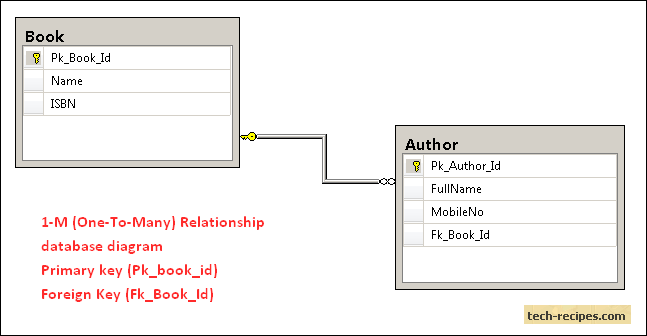
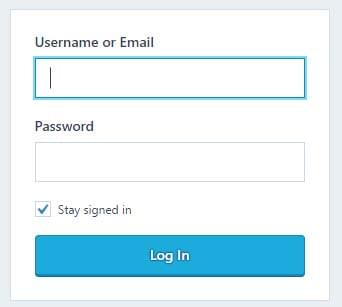







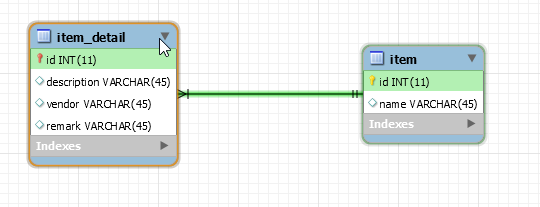
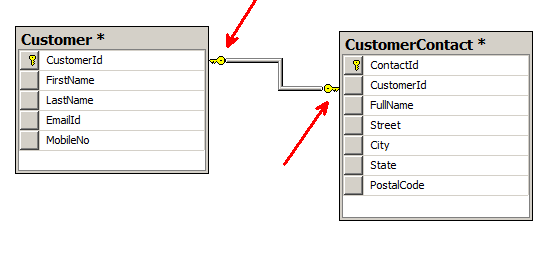








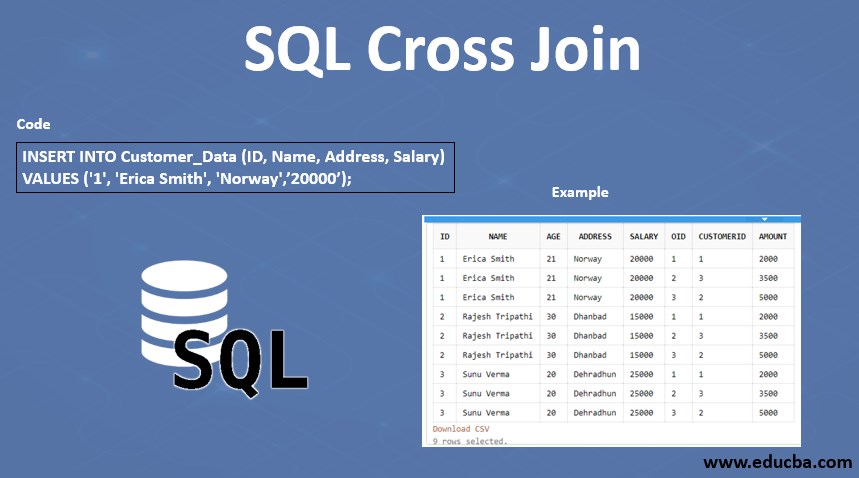


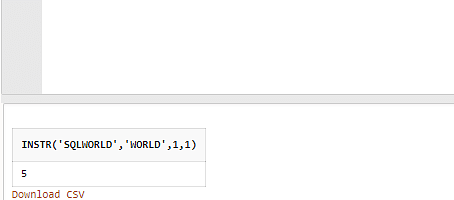







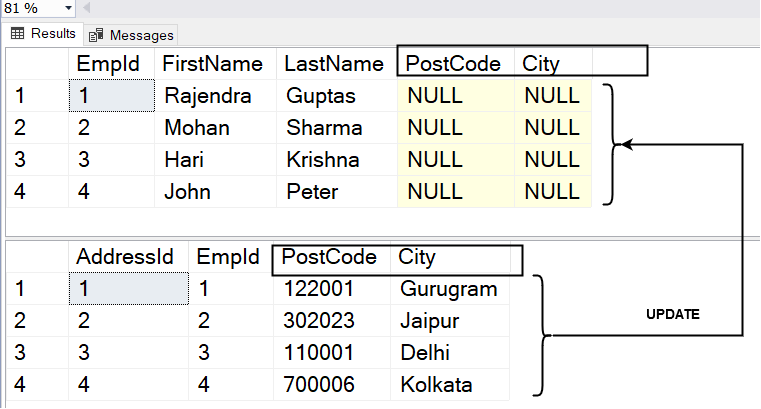
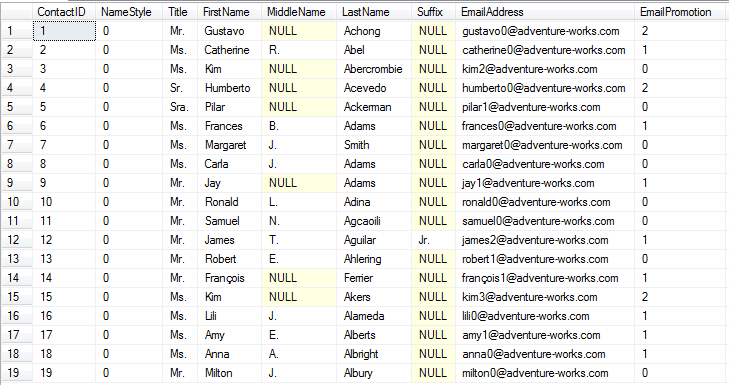



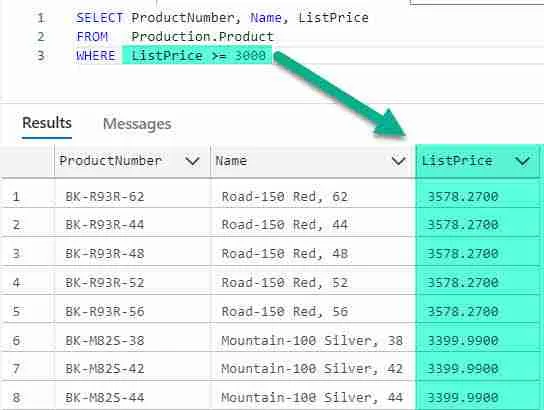

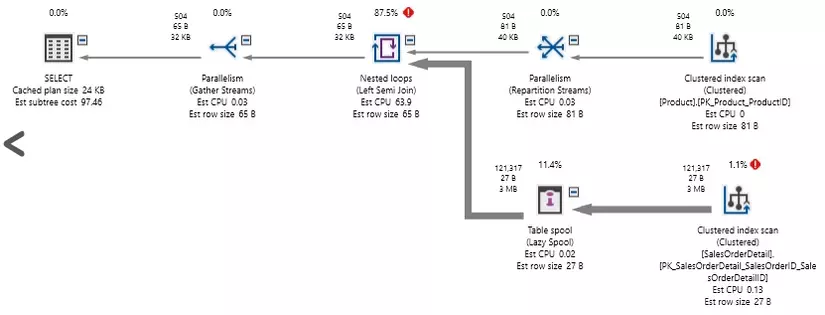

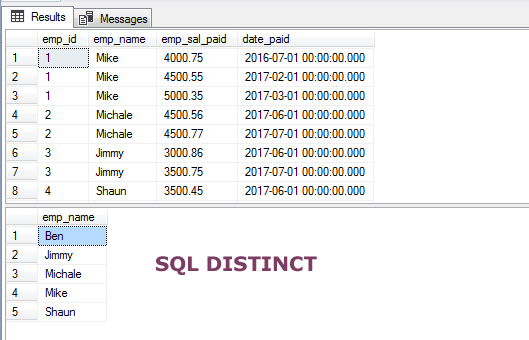
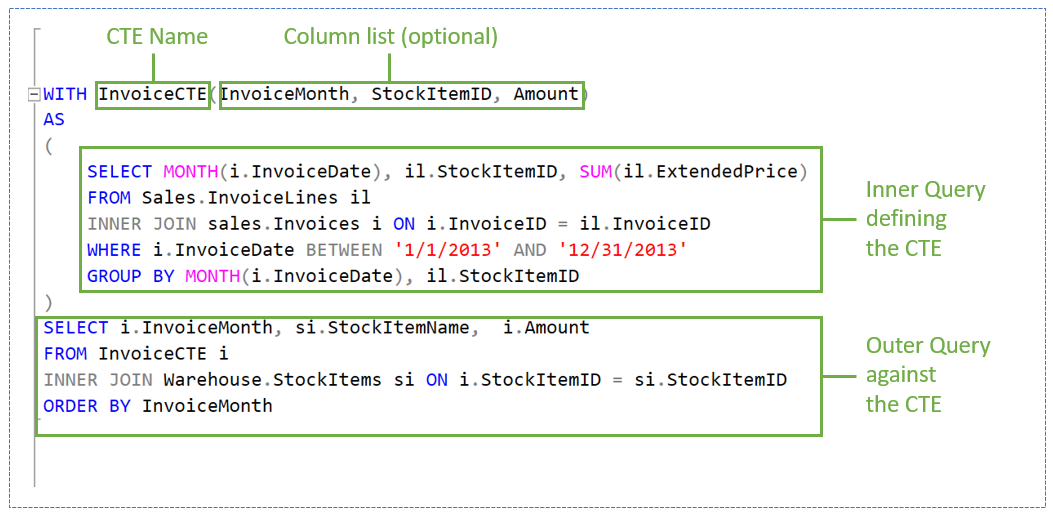
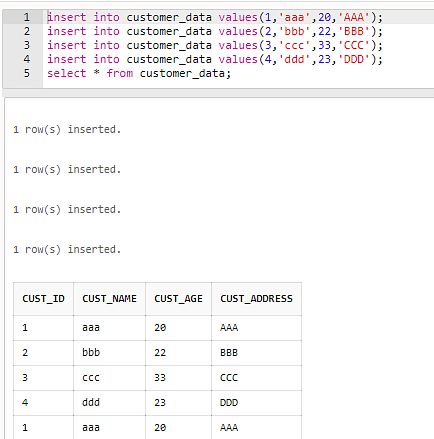
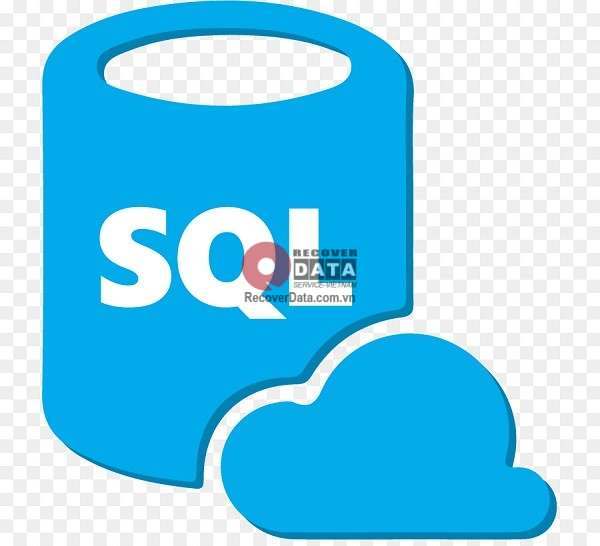


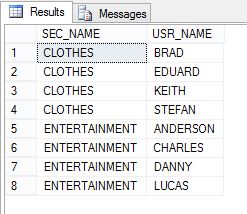

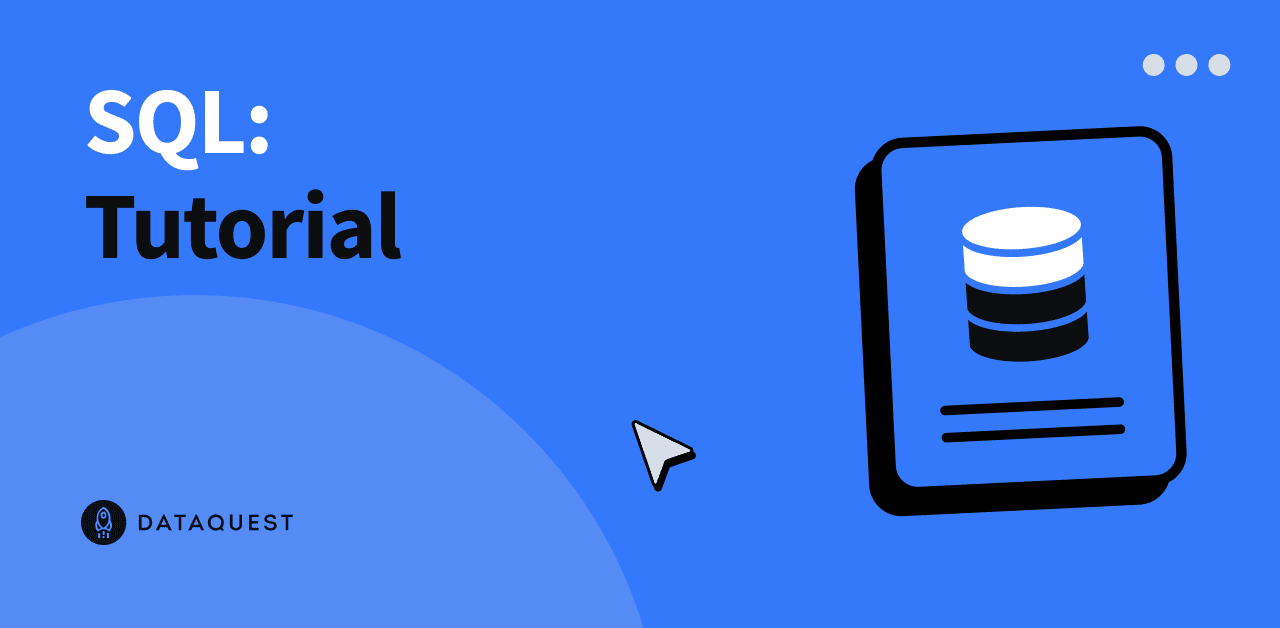
Article link: sql where 1 1.
Learn more about the topic sql where 1 1.
- What is the purpose of using WHERE 1=1 in SQL statements?
- The Purpose of WHERE 1=1 in SQL Statements – Navicat
- SQL Where 1=1 – Linux Hint
- Why Use ‘WHERE 1=1’ in SQL Queries?
- what does where 1=1 mean in sql code – Oracle Forums
- Quan hệ 1 1 trong sql
- SQL Injection – W3Schools
- Why use WHERE 1 or WHERE 1=1? – DBA Stack Exchange
- What does WHERE 1=1 mean in SQL | Technology Tips
- What is the purpose of using WHERE 1 1 in SQL statements
See more: https://nhanvietluanvan.com/luat-hoc/